|
History
Land
Beyond Punjāb
Deg Teġ Fateh
Archives
|
The Sikhs began to fan out of their land of birth early in their history and one million or so of them now live in other parts of the subcontinent. The arrival of the British opened up the opportunities to travel overseas, and around two million Sikhs have settled in countries across Asia, East Africa, Europe and North America. This migration has turned an erstwhile Punjābī ethnic group into a global community.

Landhies (1903; c. A. Chandan) Nairobi (1920; c. A. Chandan) Hong Kong (1935; c. M.S. Pannu)
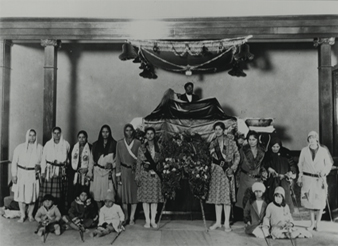 Stockton (1927; c. S. Pooni)
Stockton (1927; c. S. Pooni) |
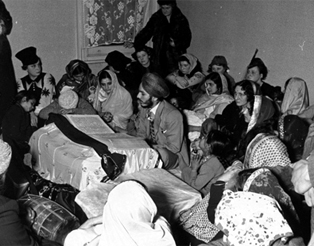 London (c. 1935; c. P. Bance)
London (c. 1935; c. P. Bance) |
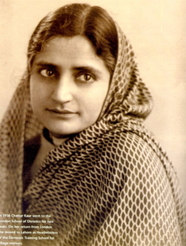 Chattar Kaur,
Chattar Kaur,
the first female to come
overseas to study (1936) |

The Visakhi Parade (1999) New York Los Angeles
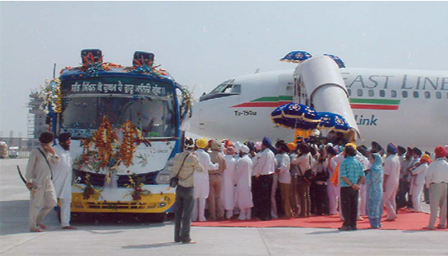 Gurū Granth texts flown to Canada by chartered flight
Gurū Granth texts flown to Canada by chartered flight
(2004; c. M. Singh) |
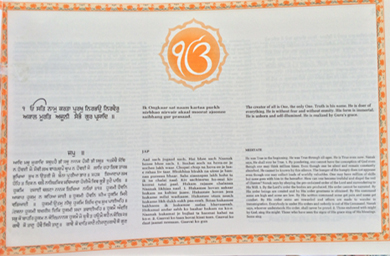 Gurū Granth for global Sikhs (1993)
Gurū Granth for global Sikhs (1993) |
|